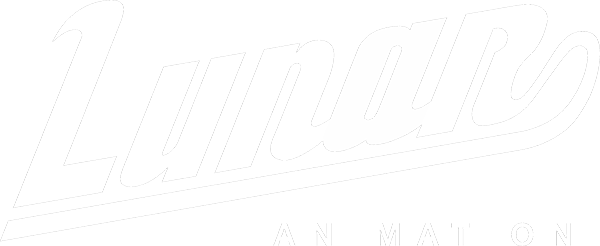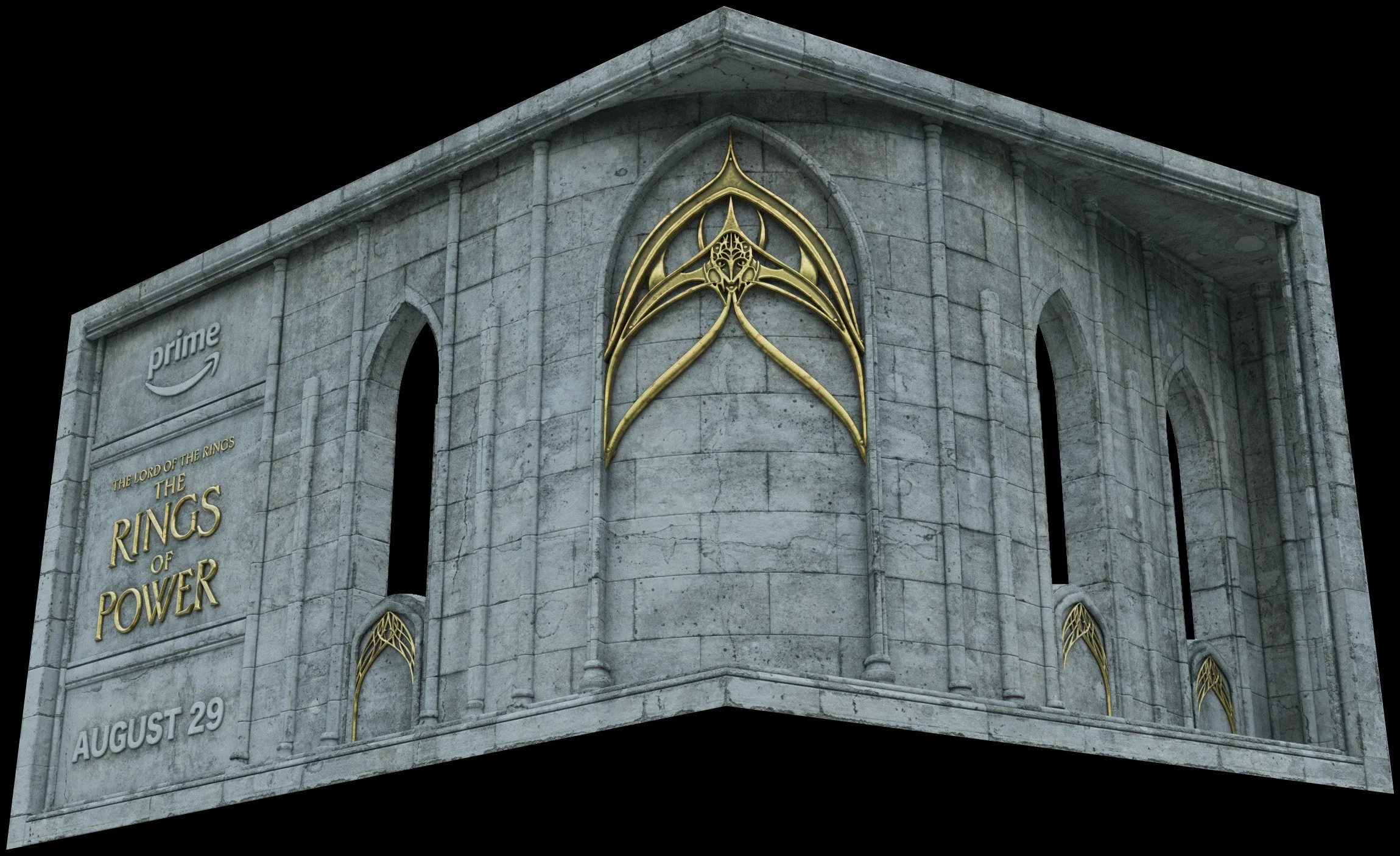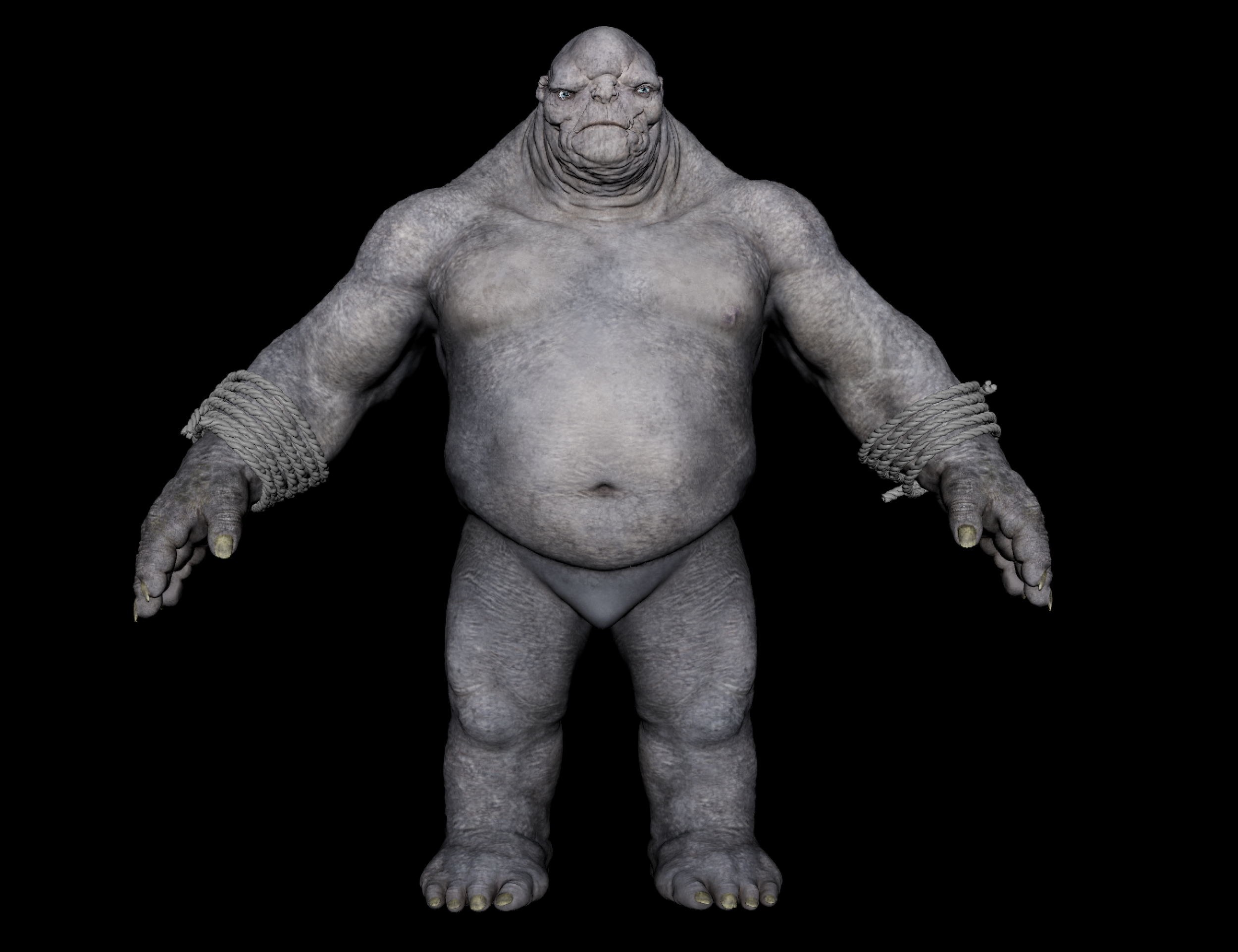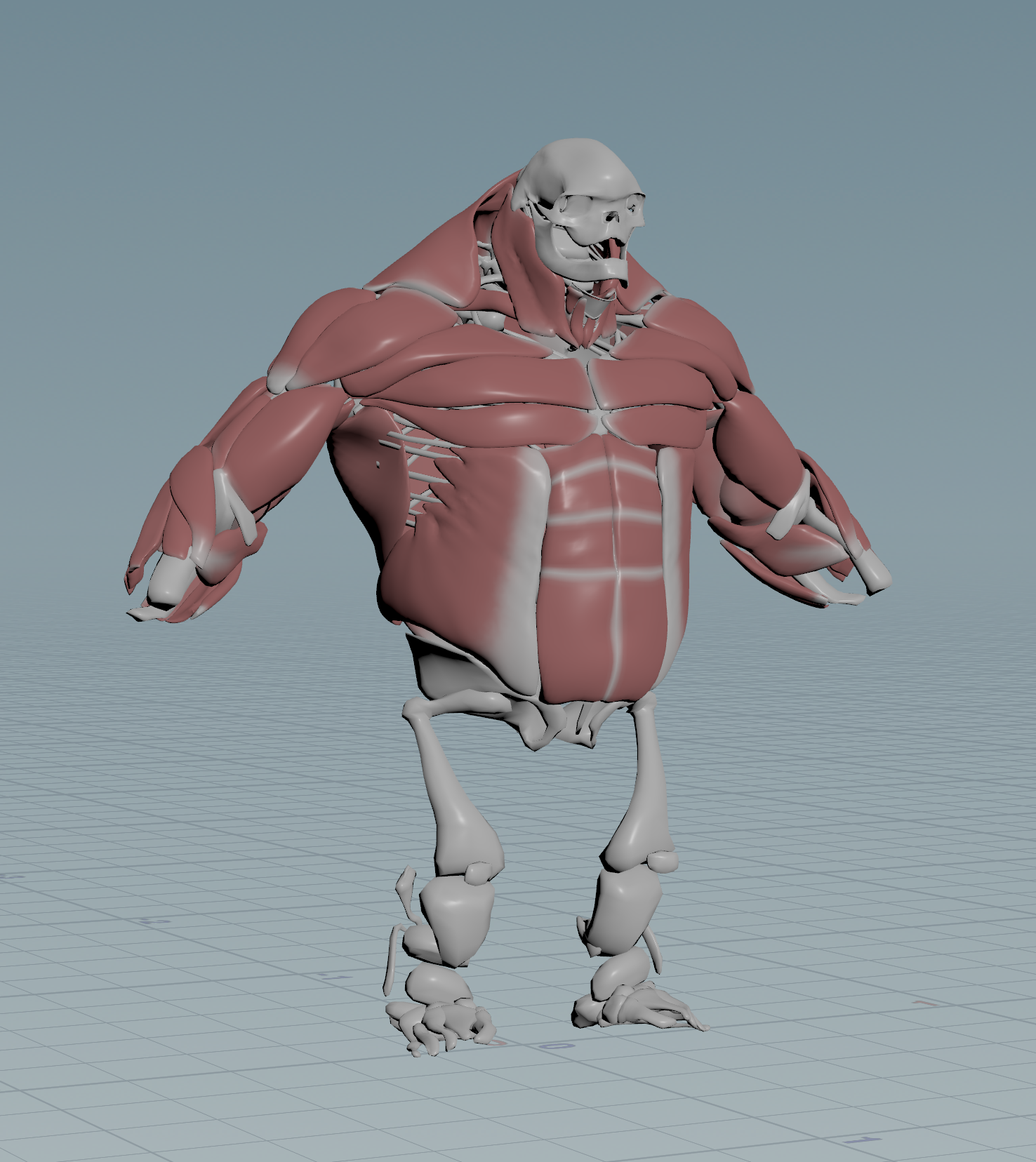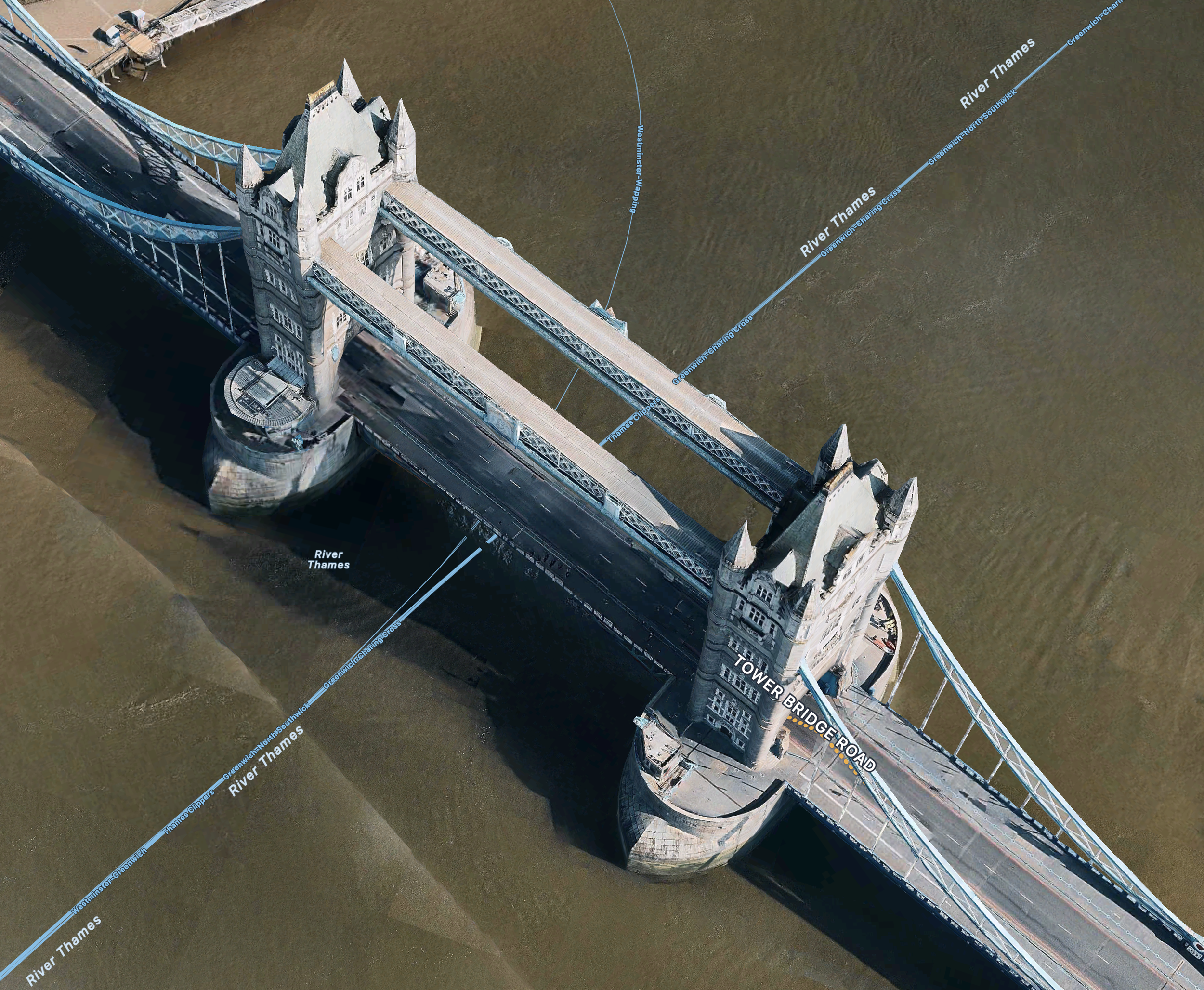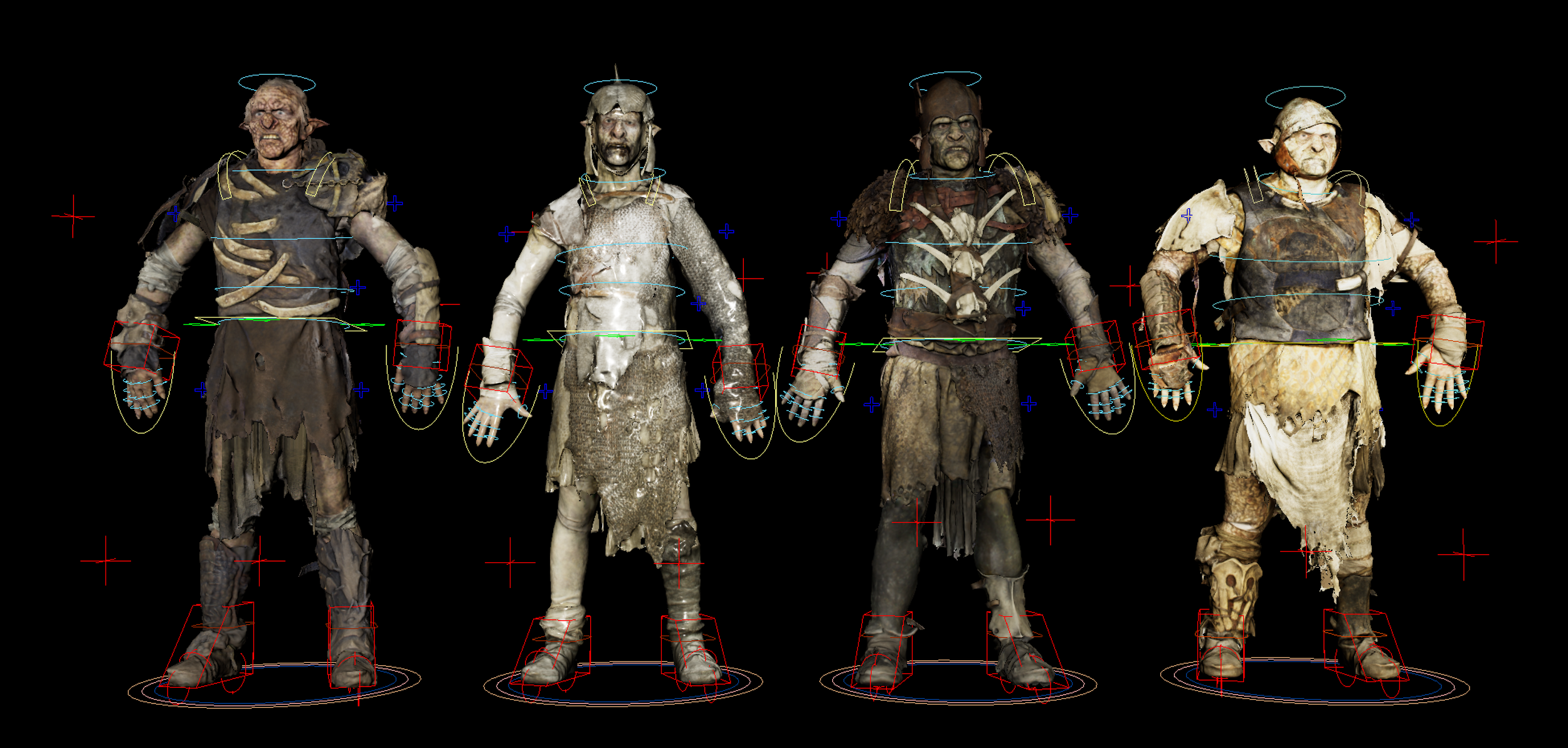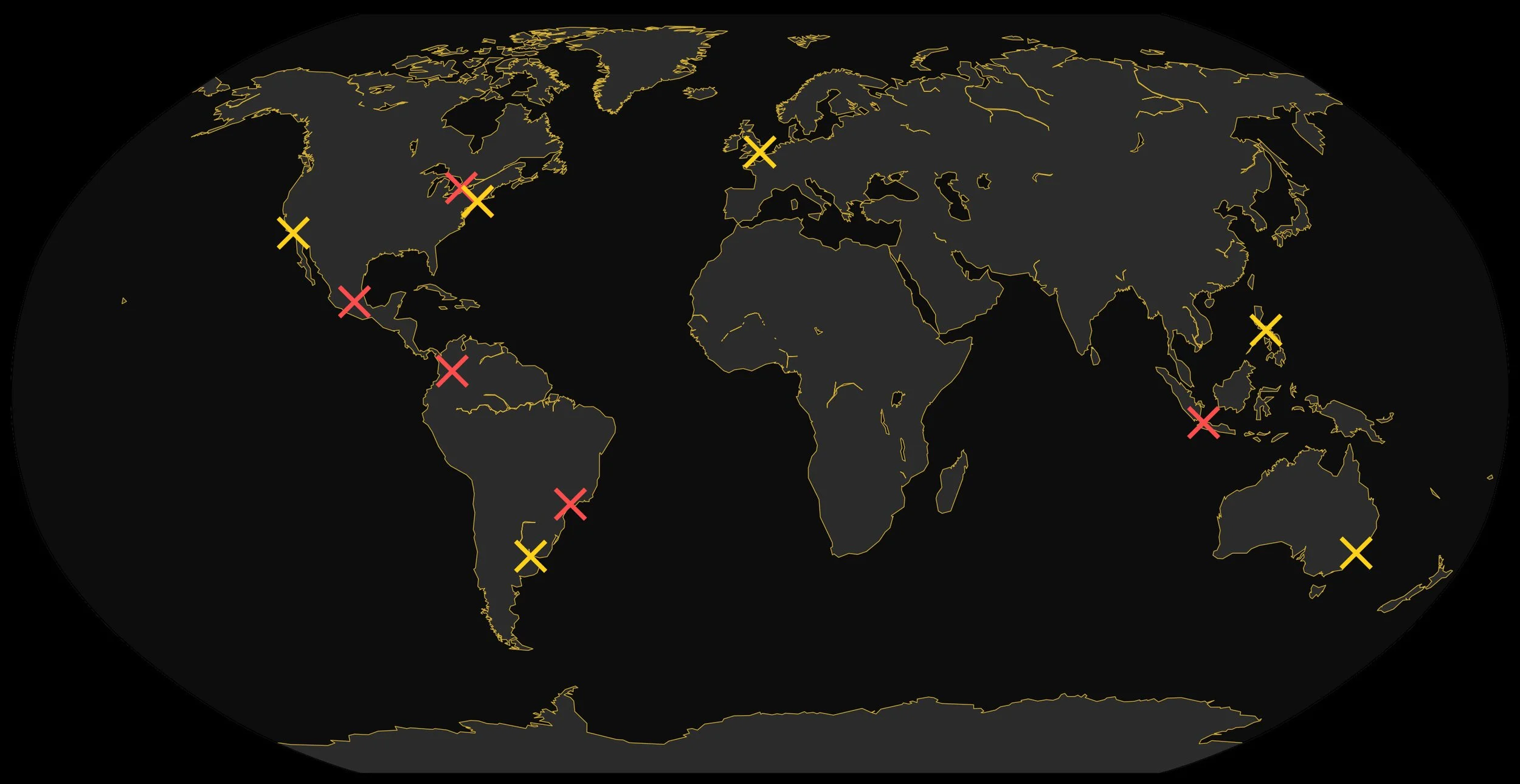Prime Video tasked us with bringing The Rings of Power into the real world for a global launch moment.
Our concept: a crumbling fortress wall overrun by Orcs, revealing a towering Troll who lashes out at audiences before retreating under fire.
The twist? This 3D spectacle had to work across drastically different billboard formats in New York — then scale internationally — all while staying true to the show’s design and lore.
When Middle-earth Invaded the Real World
An ancient stronghold under siege. Orcs clambering over its walls. A Troll smashing through stone to confront the crowd. For a few fleeting seconds, the boundary between Middle-earth and our own dissolved — pulling unsuspecting passersby into the heart of the battle.
The Scene
A fortress wall. Orcs swarming upward, snarling at the crowd. The stones crumble, revealing a massive Troll towering behind them. He crushes an Orc, storms forward and swings toward the audience — breaking the boundary between fiction and reality.
Designing Middle-earth in 3D
Every stone, archway, and trim on our fortress wall had to feel like it belonged in The Rings of Power.
We began with set photos and screen stills from the show — not just to match the broad shapes, but to replicate the layered stonework, the earth packed between blocks, and the ornate gold detailing that runs across the wall.
From there, we modelled the wall and the surrounding battlefield buildings in full CG, creating a set that could hold up in ultra-close detail.
We also worked with the show production’s Troll asset, but took it much further. The original model didn’t have the complexity we needed for large-scale, slow-motion muscle flexes — so we built our own muscle system from scratch, letting the Troll move and breathe like a living, dangerous creature.
The Orcs climbing the wall came from the same high-resolution scans of on-set actors in full costume that we later used for our global OOH invasion. For the billboard, we rigged and posed them specifically for the wall-crumbling sequence, creating a threatening sense of scale and movement even in a few seconds of screen time.
Setting the Stage with Real-World Data
The illusion only works if you get the perspective right — and for that, we had to start in the real world.
For Godzilla, we used Google Maps data and on-site reference photography to rebuild the exact streetscape in 3D, plotting where the audience would stand and the angle they’d view the board from. This gave us a virtual testing ground to design the 3D moment so it would feel like it was breaking out of the billboard and into the street.
The same process was repeated for international sites where we had no technical specs — including boards in Brazil, where we identified the key crossing point and built the camera position to match it perfectly.
One Scene, Many Formats
Two of New York’s most famous digital canvases — the towering, vertical Penn Station wall and the ultra-wide Godzilla board in Times Square — became our first battlegrounds.
Godzilla’s width gave us a very different challenge — and opportunity. We positioned the 3D moment on the right corner of the board, which gave the illusion real depth when viewed from the optimal street angle. The remaining width allowed us to run a short sizzle clip from the show on one side — timed so flaming boulders in the footage synced perfectly with our CG wall collapse — and additional static key art on the return side. For this version, we also incorporated custom Prime Video and Rings of Power logos, styled with gold leaf detailing to match the design language of the show itself.
Penn’s tall format let us position our 3D moment — the wall and Troll — right in the centre, with static key art from the show above and below. This ensured that even for anyone approaching from a non-3D viewing angle, the board was still advertising The Rings of Power effectively.
PENN BILLBOARD - NY
From day one, we engineered the scene to be modular. Camera angles, timings, and even character choreography could be adapted without rebuilding or reanimating everything from scratch.
Built for Any Battlefield
That modular approach meant we could quickly re-render the scene from different angles for completely different boards around the world.
From Canada to Indonesia, Brazil to Mexico, the Troll’s attack played exactly as intended — each version tuned to the specific site and audience perspective.
BRAZIL
INDONESIA
CANADA
MEXICO
Expanding to a Global Invasion
With the billboards complete, we took the fight into the streets for OOH and social content.
We began with stock or purchased location footage and high-res stills — from London’s Tower Bridge to Sydney Harbour. These were our “blank stages.”
TOWER BRIDGE STOCK FOOTAGE
BUILDING OUR ARMY
For the OOH invasion, we took the same Orc assets developed for the billboards and reimagined them for all-out attack sequences.
Each scan was fully rigged and driven by motion capture to give the army natural movement, while keyframe animation refined hero moments — lunges, weapon swings, and interactions with the Troll. Cloth simulations added extra realism, from billowing capes to the heavy sway of armour and belts.
The Worldwide Takeover
Once the army was ready, we staged simultaneous “takeovers” in multiple cities — placing the Troll and his Orcs into tracked, composited shots that felt like real news footage.
Impact & Reach
From New York to Sydney, our billboards and social content became a talking point around the world.
Audiences filmed the billboards, shared OOH videos, and celebrated the scale of the launch.
This map shows the full scale of the campaign — with every location marked.
Red X’s indicate sites where our 3D billboards appeared, while yellow X’s represent cities that featured our OOH and social media “takeover” content. Together, they form a true global footprint for The Rings of Power launch.
